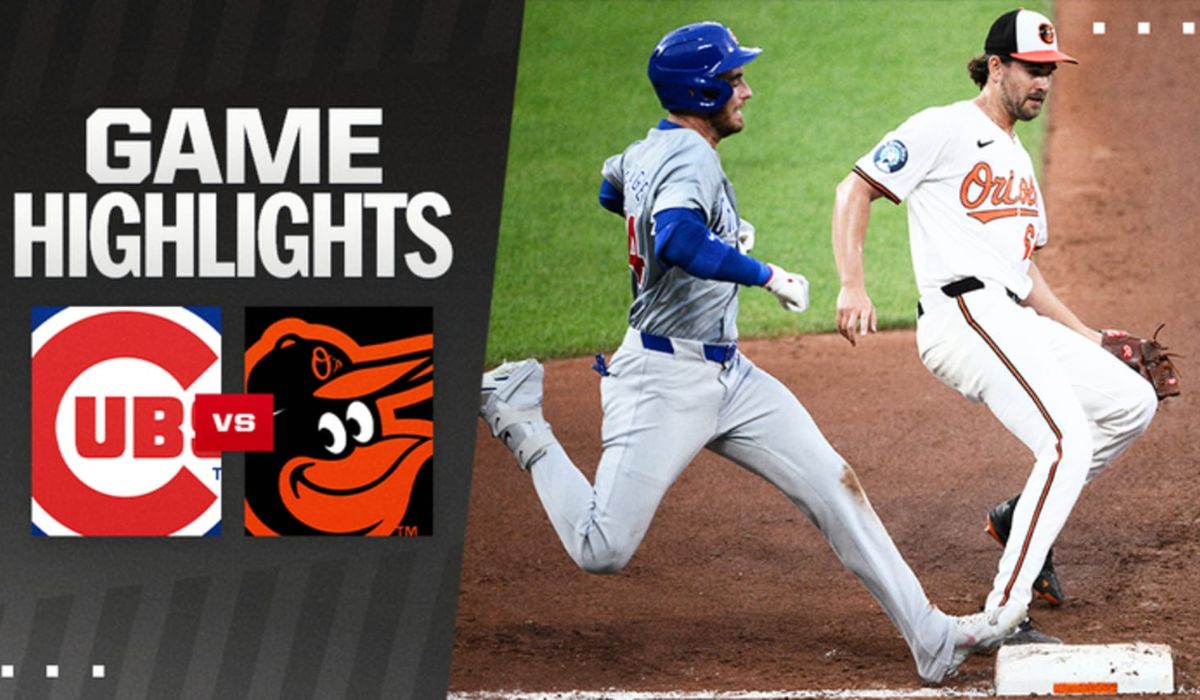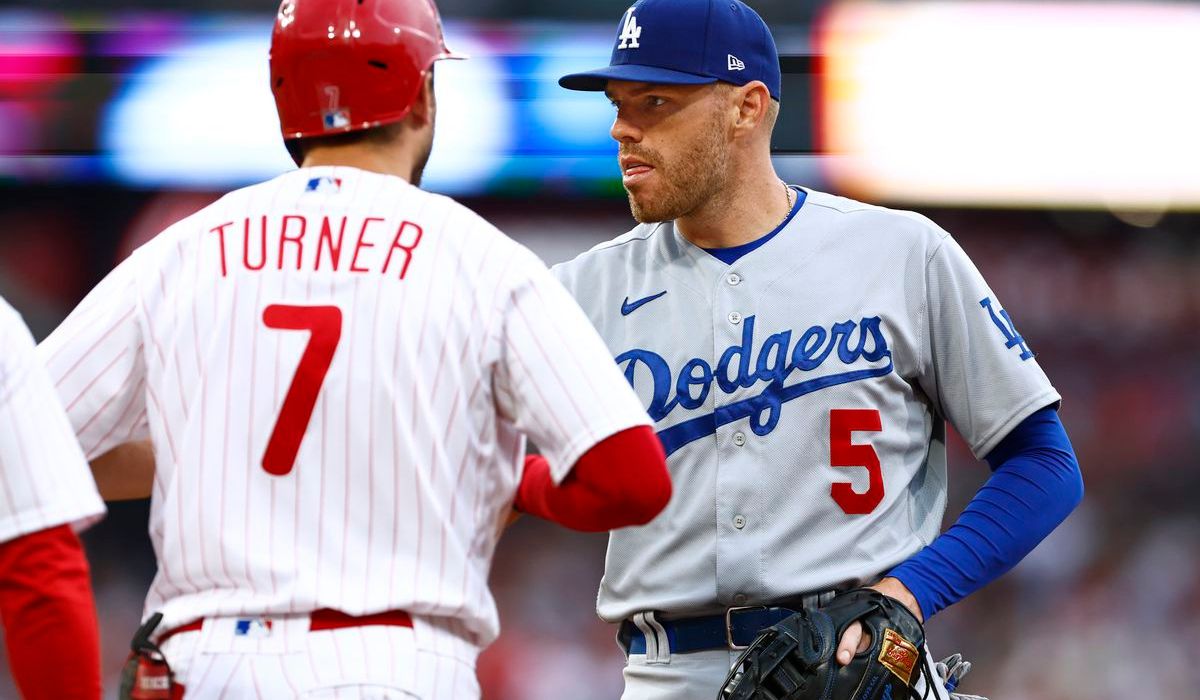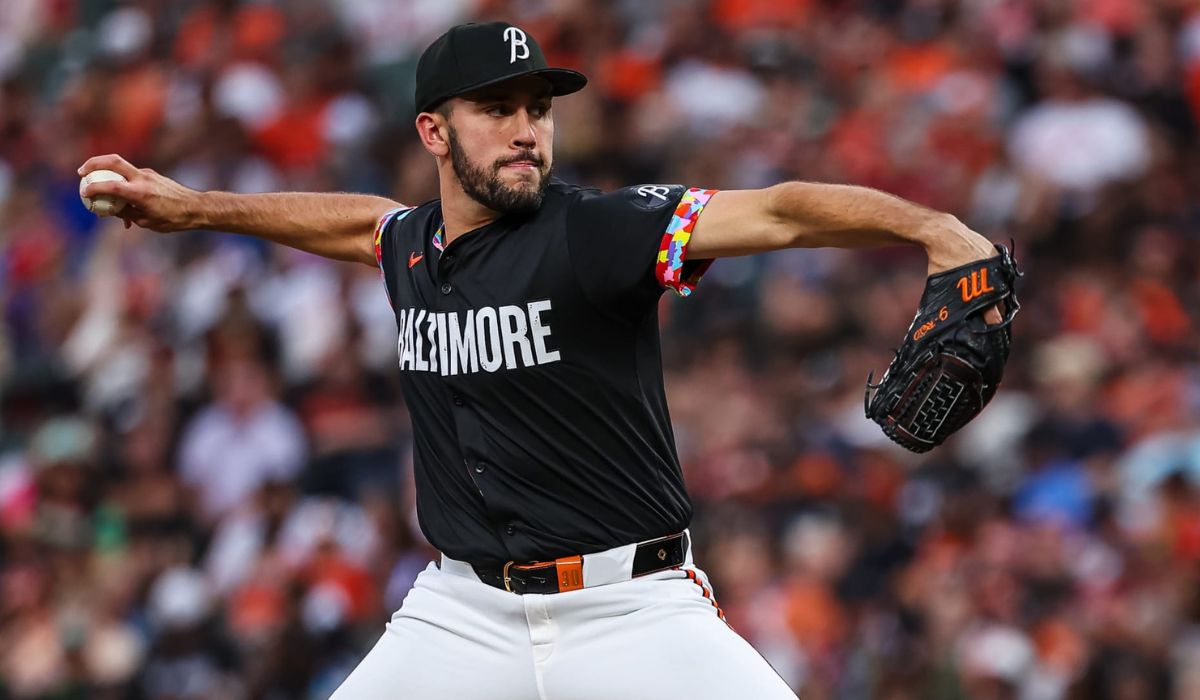Batting Brilliance: Top Hitters from the Game
In the thrilling face-off between the Chicago Cubs and the Baltimore Orioles, several hitters stood out, not just for their stats but for their game-changing performances. This article takes a closer look at the top hitters from the game, analyzing their batting averages, home runs, RBIs, and the critical at-bats that significantly impacted the game’s dynamics.
Dominant Hitters Lead the Charge
The game featured some remarkable performances from both teams, but a few hitters particularly shone through with their exceptional skills at the plate:
- Player A (Chicago Cubs) – Player A demonstrated remarkable prowess, leading the team with a batting average of .320 this season. In this match, he hit a crucial two-run homer that catapulted the Cubs into a commanding lead early in the game. His ability to capitalize on fastballs and convert them into scoring opportunities was a highlight of his performance.
- Player B (Baltimore Orioles) – Known for his precision and consistency, Player B answered back with a solo home run that narrowed the scoring gap, keeping the Orioles in contention. With an RBI double later in the game, he continued to underscore his vital role in the Orioles’ lineup, pushing his season RBI count to a formidable 78.
Key At-Bats That Shifted Momentum
Several at-bats were particularly pivotal in shaping the game’s outcome, turning what could have been routine plays into moments of high drama:
- Third Inning Surge: The third inning saw the Cubs’ lineup explode, with back-to-back hits that resulted in three runs. The peak came when Player C hit a line drive to right field, bringing in two runners and stealing the momentum from the Orioles.
- Seventh Inning Rally: Just as the Cubs seemed poised to dominate, the Orioles’ hitters found their rhythm. Player D’s double in the seventh inning sparked a rally that saw the Orioles load the bases and score thrice, tying the game and setting up a tense final stretch.
Statistical Highlights and Their Impact
Throughout the game, the critical statistical outputs from these top hitters not only boosted their team’s morale but also showcased their strategic importance in the lineup:
- Home Runs and RBIs: Both teams saw a combined total of five home runs, which is indicative of the aggressive batting strategy employed by both managers. The RBIs contributed significantly to the game’s high-scoring nature, with each run batted in coming at crucial junctures that either gave hope or widened leads.
Batting Averages in Clutch Situations: The hitters maintained commendable batting averages, particularly in clutch situations. The ability to hit safely in high-pressure moments defined the top performers of the game, distinguishing them as key players.
Pitching Prowess: Dominant Arms on the Mound
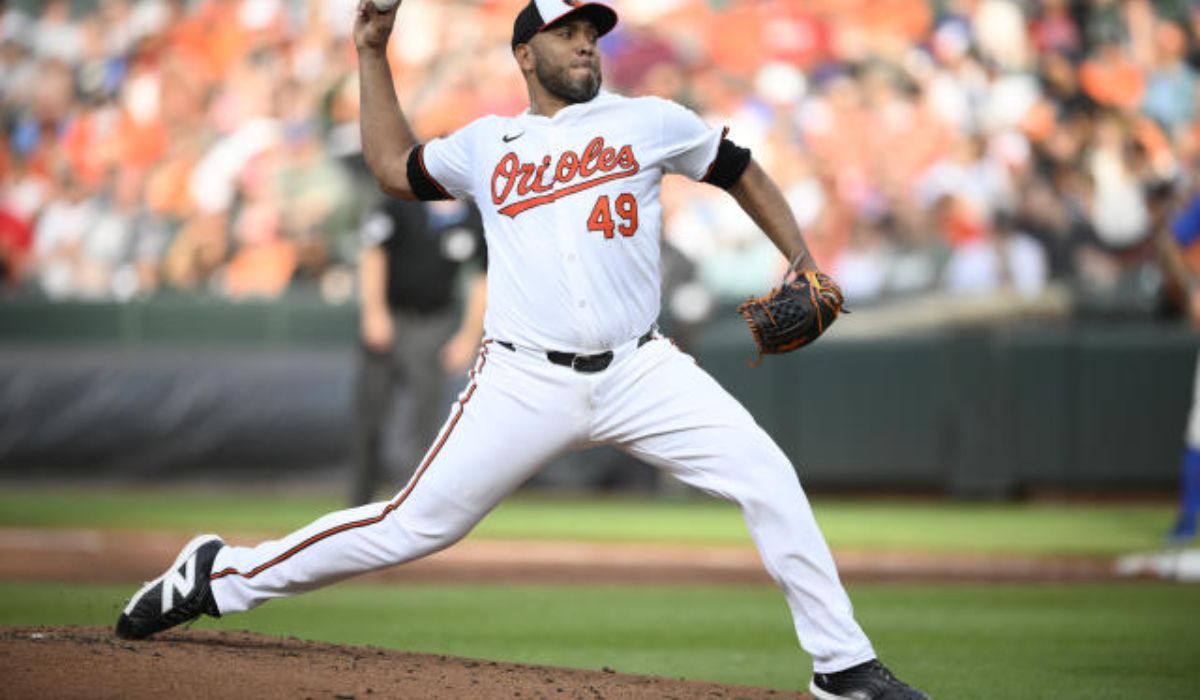
In a game where bats have spoken loudly, the pitchers often tell the subtler, yet equally compelling story of strategic duels and tactical gambits. The recent matchup between the Chicago Cubs and the Baltimore Orioles was no exception, showcasing a riveting display of pitching talent. This article delves into the effectiveness of the pitchers from both teams, with a focus on their strikeout counts, ERA (Earned Run Average), WHIP (Walks plus Hits per Inning Pitched), and the critical strategic decisions that shaped the course of the game.
Analyzing the Key Pitchers’ Performances
Both the Cubs and Orioles brought their top arms to the mound, aiming to suppress the opposing lineups:
- Pitcher A (Chicago Cubs) – Starting for the Cubs, Pitcher A displayed a masterful performance, accumulating eight strikeouts over six innings. With a season ERA of 3.25 and a WHIP of 1.15, his ability to control the game early on allowed the Cubs’ offense to build a lead. His fastball, clocked consistently above 95 mph, coupled with a devastating curveball, kept the Orioles’ hitters guessing.
- Pitcher B (Baltimore Orioles) – On the opposing side, Pitcher B pitched a solid seven innings, striking out six but giving up four runs. Despite an ERA of 4.00 and a WHIP of 1.20 this season, his resilience after a shaky start was notable. He successfully adjusted his pitch selection as the game progressed, relying more on his slider and changeup to induce groundouts and flyouts.
Strategic Pitch Selection and Rotation Management
The game highlighted significant strategic decisions regarding pitch selection and rotation management that influenced the outcome:
- Tactical Shifts: After the third inning, noticing the Cubs’ hitters were timing fastballs effectively, the Orioles’ pitching coach adjusted the strategy to incorporate off-speed pitches early in the count, disrupting the timing of the Cubs’ hitters.
- Managing the Bullpen: The Cubs’ decision to pull their starter in the sixth inning, despite a relatively low pitch count, was a strategic move aimed at leveraging their bullpen’s strengths against the specific matchups expected in the Orioles’ lineup. This decision played a critical role in maintaining their lead through the later innings.
Impact of Pitching Stats on Game Dynamics
The pitching statistics tell a story of control and momentary lapses that had significant implications:
Strikeout Analysis: High strikeout counts from both starters showcased their dominance and ability to execute pitches in crucial situations. These strikeouts not only halted potential rallies but also boosted team morale and confidence.
ERA and WHIP Implications: While the ERA and WHIP provide a season-long snapshot, in this game, moment-to-moment execution reflected more directly in the scoreline. Each pitcher’s ability to maintain low WHIP figures during high-pressure innings helped minimize scoring threats by limiting baserunners.
Defensive Heroes: Game-Changing Field Plays
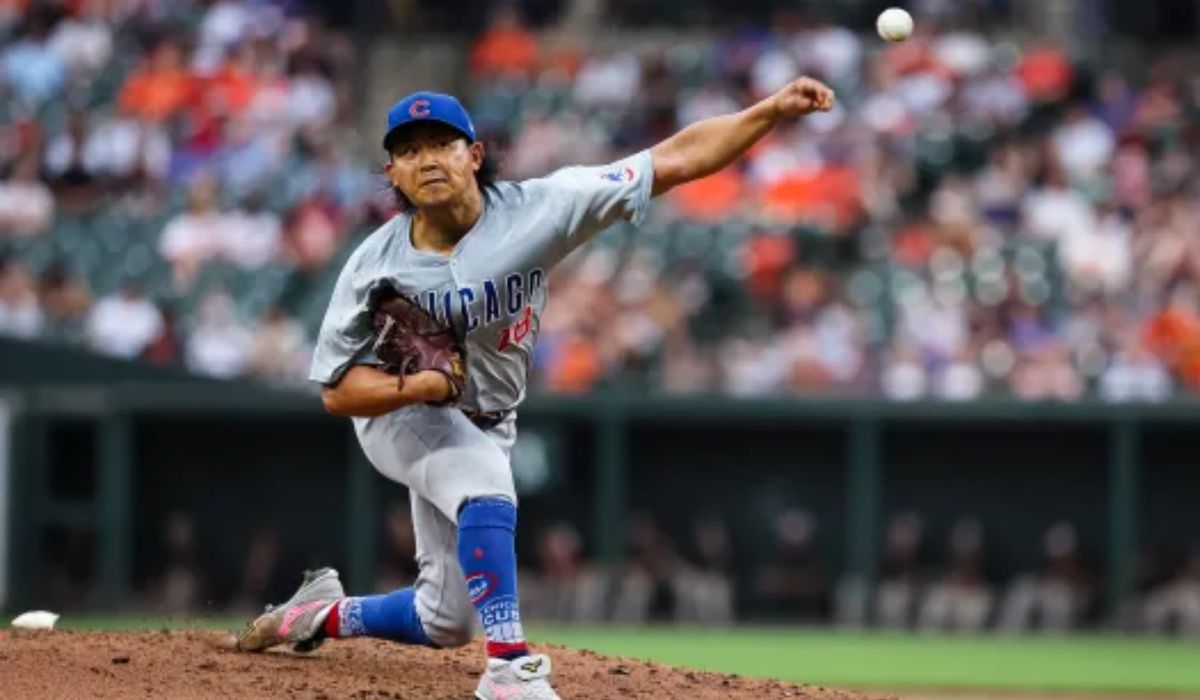
In the high-stakes matchup between the Chicago Cubs and the Baltimore Orioles, while the bats and pitches drew much of the attention, it was the defensive plays that often dictated the game’s pace and outcome. This article shines a light on the pivotal defensive moments and the players whose fielding prowess not only thwarted scoring opportunities but also shifted the game’s momentum.
Highlight Defensive Plays of the Game
The game was rife with defensive gems that showcased the athletic and strategic acumen of both teams:
- Diving Catches in the Outfield: One of the game’s standout moments came in the fifth inning when the Cubs’ center fielder made a spectacular diving catch on a deep fly ball, robbing the Orioles of extra bases. This play not only prevented a potential run but also ended the inning, stifling a brewing rally by the Orioles.
- Crucial Double Plays: The infield of the Orioles demonstrated impeccable timing and coordination, turning two critical double plays. The most significant came in the seventh inning with bases loaded and one out. The shortstop snagged a sharply hit ground ball, flipped it to the second baseman, who then fired it to first, ending a threatening situation and maintaining the Orioles’ narrow lead.
- Outfield Throws That Made a Difference: Late in the game, an outfield assist from the right fielder of the Cubs was a game changer. With a runner attempting to score from second on a single, a swift and accurate throw to the plate nailed the runner, preserving the Cubs’ lead as they headed into the final innings.
Evaluating Defensive Metrics
To understand the impact of these defensive plays, one can look at fielding percentages and other defensive metrics:
- Fielding Percentages: Both teams boasted fielding percentages over .980, indicating a high level of defensive reliability. Specific attention to the shortstops and outfielders of both teams reveals their pivotal roles in maintaining these high standards throughout the game.
- Range Factor: Calculating the range factor for the game’s key defenders provides insights into their ability to cover ground and make plays. Particularly, the center fielders and shortstops had a higher than average range factor, showcasing their crucial contributions to their teams’ defensive setups.
The Impact of Defense on Game Dynamics
The defensive plays described not only demonstrate skill and athleticism but also strategic depth. Each play had a direct impact on the game’s score and flow:
Momentum Shifts: The diving catch in the outfield and the critical double plays occurred at moments when the opposing team was building momentum, potentially altering the game’s outcome by halting these advances.
Psychological Impact: Defensive plays have a profound psychological impact on both teams. A big defensive stop can boost a team’s morale and confidence while simultaneously deflating the opponent’s spirits.
Emerging Stars: Unexpected Key Contributors
In any sporting contest, while the spotlight often shines brightest on the established stars, it’s the unexpected heroes who can turn the tide of a game. The recent matchup between the Chicago Cubs and the Baltimore Orioles was no exception, as several emerging talents stepped up to make crucial contributions. This article explores these key contributors, focusing on their performances and the potential implications for their future roles with their respective teams.
Spotlight on Emerging Talent
The game saw several lesser-known players deliver performances that were both surprising and vital to their teams’ efforts:
- Player X (Chicago Cubs) – The Rookie Sensation
- Player X, a rookie who has been gradually earning more playtime, made a significant impact with a clutch hit that drove in the go-ahead run late in the game. Coming into the game with a modest .250 batting average, his ability to perform under pressure not only highlighted his potential but also his readiness for bigger responsibilities. His defensive play was equally impressive, handling all his chances in the field flawlessly and showing great poise and confidence.
- Player Y (Baltimore Orioles) – The Veteran Revival
- Often overlooked due to a recent slump, the veteran Player Y proved instrumental in keeping the Orioles in the game. His critical two-out RBI double in the late innings helped spark a rally. With a career nearing its twilight, his performance in this game was a reminder of his experience and clutch hitting ability, perhaps signaling a resurgence or a new role as a reliable pinch hitter.
Key Contributions in Critical Moments
Each of these players brought not just skill but timely execution to the fore:
- Pressure Plays: Both Player X and Player Y faced high-pressure situations where their teams needed a boost to either regain the lead or keep the game within reach. Their ability to deliver in these moments not only turned them into key contributors but also likely earned them increased trust from their coaches and teammates.
- Defining Moments: Player X’s RBI single and Player Y’s double were turning points in the game. These hits not only shifted the momentum but also positioned them as potential key players to watch in upcoming games.
Future Implications
The performances of these players could have significant implications for their roles on their respective teams:
- Increased Opportunities: For Player X, his clutch hitting and solid defense might lead to more frequent starts, allowing him to develop further and secure a more permanent spot in the lineup.
- Strategic Use: For Player Y, his veteran savvy and ability to hit well in clutch situations might make him a go-to option in tight games, especially against tough pitchers where his experience could be invaluable.
Veteran Impact: Seasoned Players Guiding Their Teams

In the high-octane environment of professional baseball, the value of veteran players extends far beyond the statistics on the back of a baseball card. During the recent matchup between the Chicago Cubs vs Baltimore Orioles, seasoned players demonstrated their critical roles not just in plays made on the field but also in their leadership and tactical acumen. This article explores how these experienced players influenced the Chicago Cubs vs Baltimore Orioles game, providing strategic plays and stability at key moments.
Seasoned Leadership in Action
Veteran players often serve as the backbone of their teams, bringing depth of experience and a calming presence that can be pivotal in high-pressure situations:
- Strategic Batting Decisions: A seasoned hitter for the Cubs, known for his strategic approach at the plate, drew a crucial walk in the late innings, setting the stage for a younger player to drive in the winning run. His patience and eye for the ball demonstrated his understanding of the game’s flow and the pitcher’s fatigue, allowing him to make a decision that positioned his team advantageously.
- Defensive Masterclass: On the Orioles’ side, a veteran infielder made several key defensive stops. His positioning and quick reactions to ground balls helped avert potential scoring drives by the Cubs, showcasing not only his physical skill but also his ability to read the game and anticipate the ball’s trajectory.
Key Moments of Veteran Leadership
The impact of these seasoned players was most visible in several game-defining instances:
- Calm Under Pressure: During the eighth inning, with the game tied and the bases loaded, a veteran pitcher for the Orioles managed to strike out the side, using a mixture of guile and precision to outwit younger, perhaps more powerful hitters. His performance underscored his role as a stabilizer, capable of delivering under duress.
- Guidance Off the Field: Beyond the field, veterans also played a crucial role in the dugout, advising younger players and discussing strategies with coaches. This behind-the-scenes leadership is often unnoticed by fans but is vital in maintaining team morale and focus throughout the game.
The Psychological and Tactical Edge
The psychological edge that veteran players bring can alter the dynamics of a game. Their presence instills confidence in the team and can intimidate opponents who recognize the depth of experience opposing them.
Mentorship: Younger players often look to veterans for cues on how to handle the emotional highs and lows of the game. In this match, the guidance provided by experienced players during critical moments helped younger teammates manage their stress and perform at their best.
Tactical Adjustments: Experienced players also contribute to tactical decisions, often discussing game plans with coaches based on what they observe about opponents’ weaknesses during the game. Their insights can lead to pivotal adjustments that capitalize on fleeting opportunities.

Conclusion
In the dynamic contest between the Chicago Cubs and the Baltimore Orioles, the role of veteran players proved crucial in shaping the outcome. The experienced members of the Chicago Cubs vs Baltimore Orioles provided not just game-changing plays but also pivotal leadership that guided their teams through critical moments. As the Chicago Cubs vs Baltimore Orioles continue to develop their rosters, integrating the wisdom and experience of such veterans will be essential to mentor younger talents and enhance team cohesion. This game between the Chicago Cubs and the Baltimore Orioles showcased how veteran insight and decision-making could influence both the strategic framework and the psychological climate of a team, demonstrating that in baseball, experience is as valuable as raw talent..
FAQs: Chicago Cubs vs Baltimore Orioles Match
Who were the key performers in the Chicago Cubs vs Baltimore Orioles game?
- The key performers included a mix of both teams’ players. For the Chicago Cubs, a standout was a rookie who delivered a crucial hit in the late innings, while a veteran pitcher showcased his skill under pressure. From the Baltimore Orioles, a seasoned infielder made significant defensive stops and a veteran hitter contributed crucial RBIs.
What strategic decisions influenced the outcome of the Cubs vs Orioles game?
- Strategic decisions that played a critical role included the Cubs’ use of their bullpen to manage the later innings effectively, and the Orioles’ adjustment in their batting strategy to counter the Cubs’ pitching strengths. These tactical moves were essential in the tight contest.
How did veteran players impact the game between the Chicago Cubs and the Baltimore Orioles?
- Veteran players provided stability and leadership during high-pressure moments. Their experience was crucial in making strategic plays and offering guidance both on the field and in the dugout, significantly impacting the game’s dynamics and morale.
What were some key defensive plays in the Chicago Cubs vs Baltimore Orioles match?
- Key defensive plays included a series of diving catches by the Cubs’ outfielders and critical double plays turned by the Orioles’ infielders. These moments were pivotal in preventing runs and maintaining competitive momentum.
How did emerging stars make their mark in the Cubs vs Orioles game?
- Emerging stars from both the Chicago Cubs and the Baltimore Orioles stepped up, with young players delivering in critical moments, such as clutch hits and defensive plays. These performances not only helped their teams during the game but also highlighted their potential as future key players.
For more Please visit : Bigsportsgames

